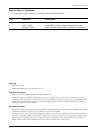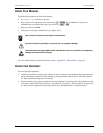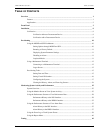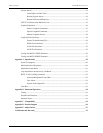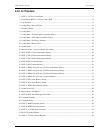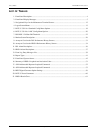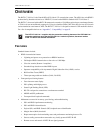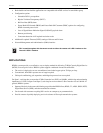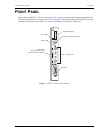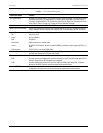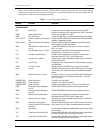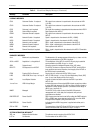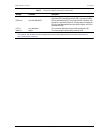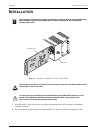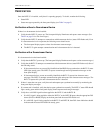
Overview LTPH-UM-1031-03, Issue 3
2 September 12, 2003 H4TU-C-319 List 1
• Both doubler and non-doubler applications are compatible with ADSL services in same binder group
• Configuration options
— Selectable DSX-1 pre-equalizer
— Bipolar Violation Transparency (BPVT)
— Bit Error Rate (BER) alarm
— Power Back Off Network (PBON) and Power Back Off Customer (PBOC) options for configuring
HDSL4 transmit power levels
— Loss of Signal/Alarm Indication Signal (LOS/AIS) payload alarm
— Remote provisioning
— Concurrent detection of all loopback activation codes
• Additional Loopback Timeout (LBTO) settings of 8 hours and 24 hours
• Network Management and Administration (NMA) interface
APPLICATIONS
HDSL4 systems provide a cost-effective, easy-to-deploy method for delivering T1 High Capacity Digital Service
(HCDS) over two pair of wires. HDSL4 systems support a multitude of network connections.
• The service is deployed over two unconditioned, non-loaded copper pair at 784 kps per loop.
• Conventional, inline DS1 repeaters are no longer required.
• Cable pair conditioning, pair separation, and bridged tap removal are not required.
For Span 1, each loop has no more than 47 dB of insertion loss (INSL) at 196 kHz, with driving and terminating
impedances of 135Ω; for Span 2 and Span 3, each loop has no more than 43 dB of insertion loss at 196 kHz. In
general, HDSL4 systems:
• Operate effectively in the same cable binder group with other HDSL4 lines, HDSL, T1, ADSL, SDSL, POTS,
Digital Data Service (DDS), and other transmission schemes.
• Can be used with customers requiring DS1 service on a temporary or permanent basis.
• Provide a means of quickly deploying service in advance of fiber-optic transmission systems.
DS1 is used throughout this document to refer to either the remote unit’s DS1 interface or the
line unit’s DSX-1 interface.



